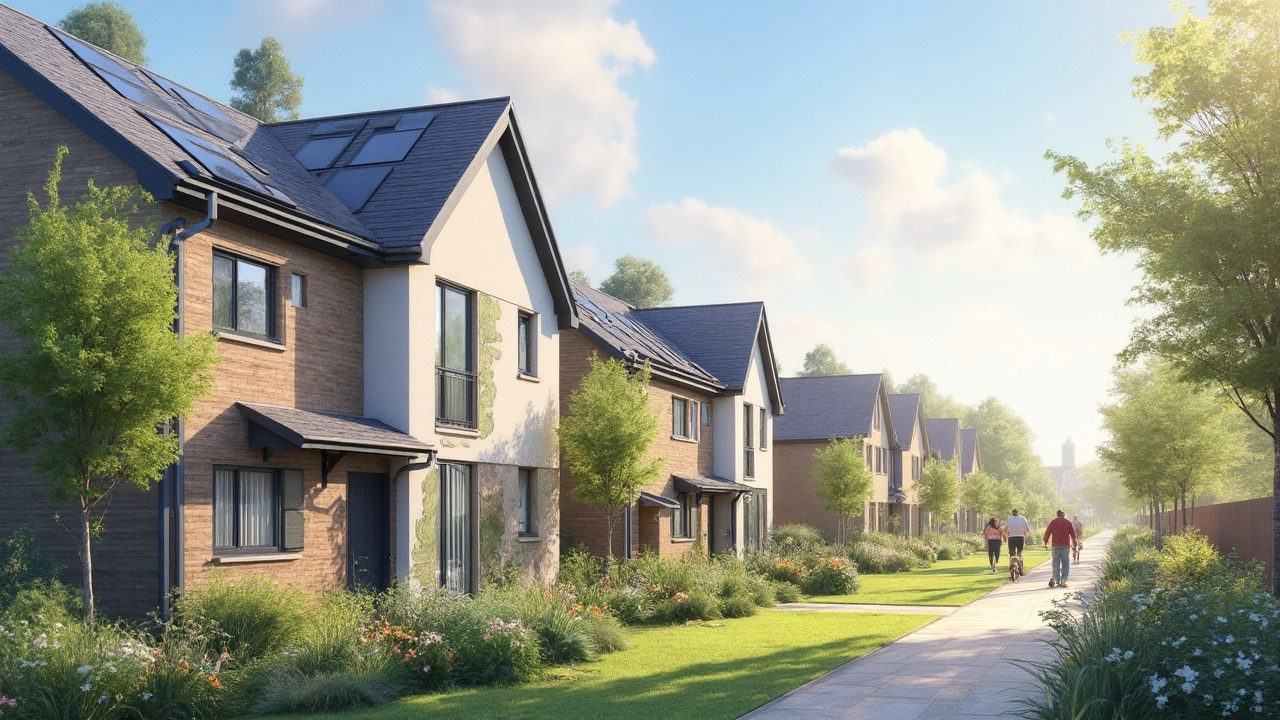Property Market Insights for Home Buyers and Sellers
If you’ve been watching house prices, you’ve probably felt a mix of excitement and confusion. The market moves fast, but the basics stay the same: supply, demand, and the cost of building. Understanding these three factors can give you a clear edge, whether you’re buying your first flat or selling a family home.
Why Prices Jump and Drop
When more people want homes than there are houses available, prices rise. That’s why you see spikes after a big employer opens a new office or a transport line gets upgraded. On the flip side, if new developments flood the area with extra units, prices can level off or fall. Keep an eye on local planning applications – they’re a good signal of upcoming supply.
Interest rates also play a huge role. Lower rates make mortgages cheaper, pulling more buyers into the market. When the Bank of England raises rates, borrowing costs climb and demand can wobble. A quick check of the current rate can tell you whether now is a buyer’s or a seller’s market.
Construction Trends Shaping the Market
Modern construction methods are changing what’s possible and how much it costs. Engineered hardwood and luxury vinyl plank are hot for living rooms because they look great and cost less than traditional hardwood. At the same time, renewable materials like insulated concrete forms are cutting energy bills, which makes new builds more attractive to eco‑conscious buyers.
Foundation work, roofing upgrades, and even small bathroom remodels add value. A recent study showed that a well‑done kitchen upgrade can boost a home’s price by up to 10%. If you’re planning to sell, focus on upgrades that offer the biggest return – think new flooring, fresh paint, and fixing any damp or mold issues.
For renters, the market is also shifting. More people are looking for flexible lease terms, and landlords are adding extra storage solutions to make small flats feel larger. Simple changes like built‑in shelves or clever cushion arrangements can make a rental property stand out in listings.
Whether you’re buying, selling, or just keeping an eye on the market, the rule of thumb stays simple: match the right price with the right condition. Stay updated on local planning news, watch interest rates, and consider which home improvements will actually move the needle. By doing that, you’ll cut the guesswork and make smarter decisions in the ever‑changing property market.
What is Considered a New Build Home?
- Gavin Whitaker
- |
- |
- 0
Ever wondered what makes a home a 'new build'? It's not just about fresh paint and new furniture. A new build usually means the property has never been lived in before, offering modern designs and often more energy-efficient features. Understanding the ins and outs of new builds can guide your next home-buying decision and help you spot additional costs or benefits.
View more